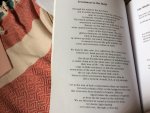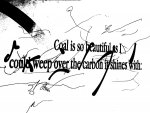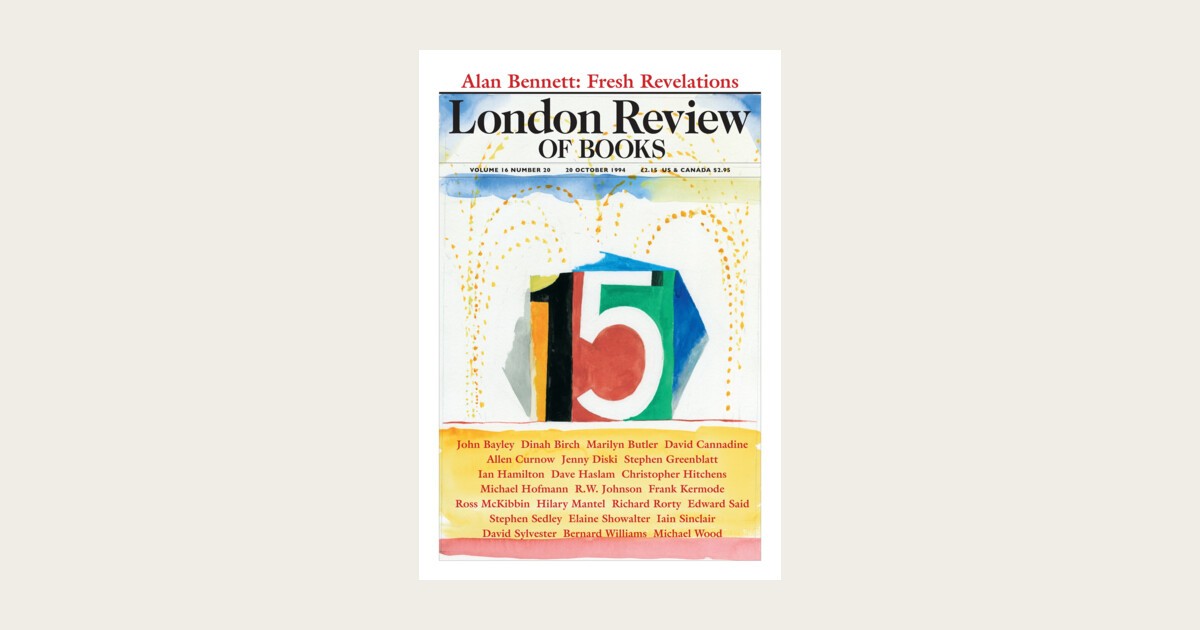A hyaline substance is one with a glassy appearance. The word is derived from Greek: ὑάλινος, romanized: hyálinos, lit. 'transparent', and ὕαλος, hýalos, 'crystal, glass'.
Contents
Histopathology Edit
In histopathological medical usage, a hyaline substance appears glassy and pink after being stained with haematoxylin and eosin—usually it is an acellular, proteinaceous material. An example is hyaline cartilage, a transparent, glossy articular joint cartilage.
Some mistakenly refer to all hyaline as hyaline cartilage; however, hyaline applies to other material besides the cartilage itself.
Arterial hyaline is seen in aging, high blood pressure, diabetes mellitus and in association with some drugs (e.g. calcineurin inhibitors). It is bright pink with PAS staining.
Ichthyology and entomology Edit
Cephonodes hylas moth
In ichthyology and entomology, hyaline denotes a colorless, transparent substance, such as unpigmented fins of fishes or clear insect wings.



